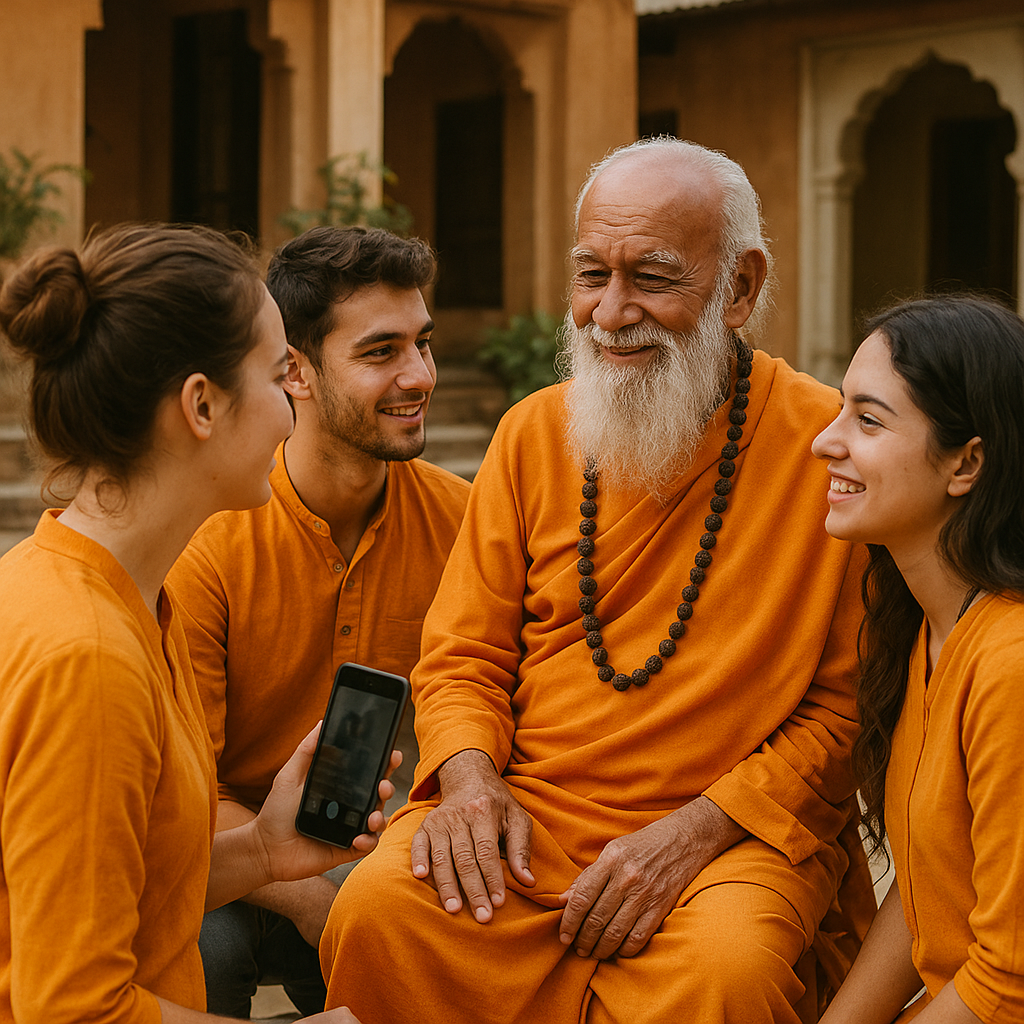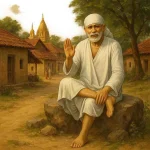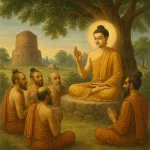From Instagram to Ashram: Younger Disciples and the Future of Guru-Disciple Relationships
For centuries, the guru-shishya parampara — the sacred bond between teacher and disciple — has been the foundation of spiritual learning in India. In ancient times, disciples lived in ashrams, serving their gurus, learning scriptures, and absorbing spiritual wisdom through personal guidance. The relationship was intimate, rooted in surrender, faith, and lifelong discipline. But in the 21st century, this sacred equation is undergoing a dramatic transformation. From Instagram reels to YouTube satsangs, the younger generation is discovering spirituality through digital platforms, leading to a fascinating blend of ancient wisdom and modern connectivity.
The Changing Face of the Guru
In traditional Indian thought, a guru is not just a teacher — they are seen as a divine guide who dispels darkness (gu meaning darkness, ru meaning remover). Gurus were once found in forests and hermitages; today, they can be found live-streaming on Instagram or addressing millions on YouTube.
The digital age has expanded the meaning of what it means to be a guru. Spiritual leaders such as Sri Sri Ravi Shankar, Sadhguru, and Devi Chitralekha Ji connect daily with followers online, reaching a generation that prefers smartphones to scriptures. Through podcasts, short videos, and virtual satsangs, they translate age-old teachings into relatable messages for modern life — about stress, relationships, purpose, and peace.
This new accessibility has democratized spirituality. A seeker no longer needs to travel to an ashram to find a teacher; they can follow, question, and even directly interact with their guru online. Yet, this shift also raises deeper questions about authenticity, depth, and the meaning of discipleship in a digital era.
Why the Younger Generation is Turning Toward Gurus Again
Despite living in a world full of information, young people today often feel directionless. Social media creates constant comparison, anxiety, and a sense of emptiness. Amidst this noise, the teachings of traditional gurus — about inner peace, mindfulness, and balance — are finding new relevance.
Younger disciples are not necessarily rejecting modern life; instead, they are looking for a spiritual anchor within it. Many millennials and Gen Z followers attend retreats or meditation camps to disconnect from screens and reconnect with themselves. They see spirituality not as blind faith but as self-discovery.
This attitude has also changed the relationship dynamics. The younger generation prefers dialogue over obedience. They question, analyze, and expect logical explanations rather than accepting every teaching as absolute truth. Interestingly, many contemporary gurus welcome this shift, seeing it as a sign of conscious inquiry rather than disrespect.
From Ashram to Instagram: The Rise of Digital Discipleship
Social media has become the new spiritual gathering place. Instagram pages filled with short quotes, YouTube channels broadcasting live discourses, and meditation apps offering guided sessions are the modern versions of gurukuls.
For many young disciples, a morning motivational video or a meditation live stream replaces the traditional morning prayer. The ashram has gone virtual, and the darshan (divine presence) happens through a screen.
This digital connection has both advantages and risks. On one hand, it breaks geographical and cultural barriers — a seeker in Mumbai can learn from a monk in Rishikesh or a Buddhist teacher in Japan. It encourages inclusivity and global exchange of wisdom. On the other hand, it can make spirituality superficial, reduced to aesthetics and hashtags. The risk of “spiritual influencers” promoting style over substance is real, making discernment more important than ever.
Balancing Tradition and Technology
The challenge, therefore, is not to reject modern tools but to use them wisely. The essence of the guru-shishya relationship lies not in physical presence but in inner connection and transformation. Whether one listens through headphones or sits at the guru’s feet, what matters is sincerity and practice.
Some ashrams now combine both worlds — offering online teachings alongside in-person retreats. Digital platforms are used for outreach, while the true experience of silence, discipline, and service is reserved for the ashram environment. This hybrid model ensures that while technology spreads the message, personal experience deepens the realization.
The Future of the Guru-Disciple Bond
The future of spirituality will likely be a blend of tradition and innovation. The guru will continue to be a guiding light, but their medium will evolve. Artificial intelligence, virtual reality meditation spaces, and online spiritual communities may become part of the new ecosystem. Yet, at its heart, the guru-shishya relationship will remain timeless — based on trust, respect, and the inner quest for truth. Young disciples will continue to seek authenticity, not authority. They will look for teachers who live their teachings, not just preach them. The gurus who adapt to this shift — combining ancient wisdom with modern relevance — will shape the spiritual path of the future.
From the quiet ashrams of ancient India to the bustling world of social media, the essence of the guru-disciple relationship remains unchanged: it is about transformation, not transaction. Technology has merely changed the setting, not the soul.
~Religion World Bureau









